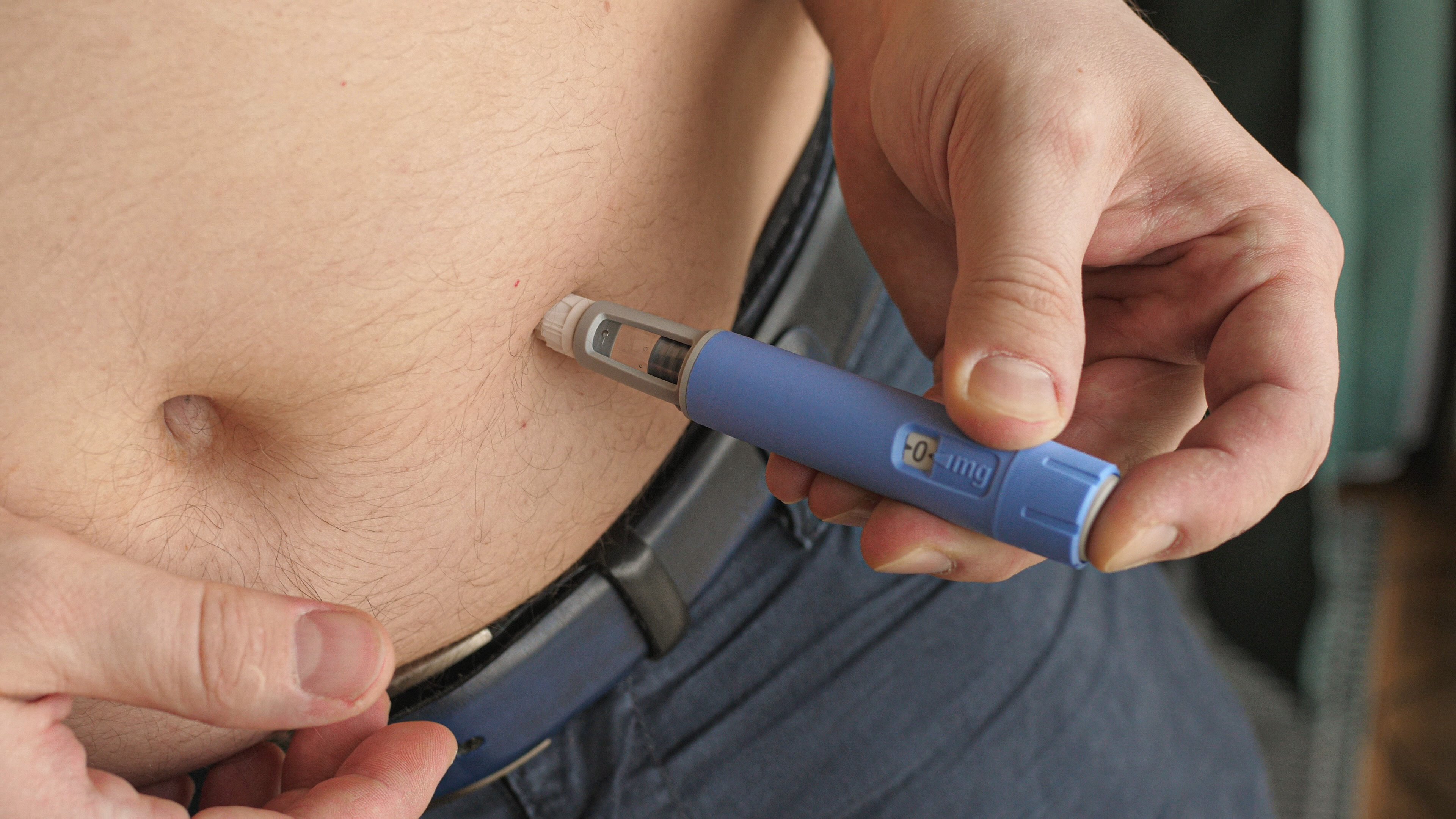The $1 trillion club in the stock market is exclusive. Only 10 companies currently make the cut on U.S. exchanges, with members making up some of the best-known companies in the world, including Nvidia, Apple, and Microsoft.
Getting to the $1 trillion mark in market capitalization takes a lot of hard work and good fortune. The next company that I see hitting that barrier is closing in rapidly -- and I think it will join the trillion-dollar club within the next year.
A look at Eli Lilly
Eli Lilly (LLY 0.41%) is one of the world's best-known pharmaceutical companies, most popular in recent years due to its work in diabetes and weight loss treatments.
It is the maker of Mounjaro, which is the brand name of tirzepatide, as a treatment for type 2 diabetes; it also sells a version of tirzepatide under the name Zepbound for weight management. Both have massive growth windows -- in the third quarter Mounjaro sales increased $3.4 billion from a year ago to $6.5 billion, and Zepound sales increased $2.3 billion to $3.58 billion.
Make no mistake: Anti-obesity drugs are a huge opportunity for Eli Lilly. Federal government statistics estimate that 43.1% of the U.S. adult population is obese. Grand View Research estimates that the global anti-obesity drug market was $6.6 billion in 2023 and will reach $77.24 billion by 2030, for a compound annual growth rate of 31.66%.

Image source: Getty Images.
Eli Lilly has other drivers as well, such as Jaypirca, which is a treatment for leukemia and small lymphocytic lymphoma that generated $143 million in third-quarter revenue as total prescriptions rose 61% from a year ago. Ebglyss, which treats eczema, saw third-quarter sales of $127 million and prescriptions were up 41% from the second quarter. Sales of the cancer drug Verzenio accounted for $1.4 billion in sales, up 7% from a year ago.
But Zepound and Mounjaro have the biggest impact, accounting for $10.1 billion of the company's $17.6 billion in revenue for the third quarter. That helped Lilly see overall revenue jump 54% from a year ago, and earnings per share increase from $1.07 to $6.21.

NYSE: LLY
Key Data Points
Eli Lilly's road to $1 trillion
Eli Lilly is well on its way to the trillion-dollar club. The stock price is up 30% so far this year; with a total capitalization of $899 billion now, Lilly only needs another 11% gain to hit the $1 trillion mark.
The company brought in $59.42 billion in revenue in the last 12 months and is projected to record a whopping $75.3 billion in revenue next year -- a 26% increase. Currently, Eli Lilly has a forward price-to-sales ratio of 14.1. Assuming it hits that $75.3 billion revenue mark and with a P/S ratio of 14.1, the market cap would come in at $1.06 trillion at the end of 2026.
That's not out-of-the-box thinking at all. In fact, I think it's inevitable.
What to expect from Eli Lilly
Eli Lilly is going to continue to grow its market share in diabetes and weight loss drugs. It's building out its capacity, spending billions to build drug manufacturing sites in Virginia and Texas, and expanding a facility in Puerto Rico. It's also investing in artificial intelligence by announcing a partnership with Nvidia to promote and accelerate new drug discoveries.
And it has a deep pipeline of potential drugs and therapies, including medications to treat ulcerative colitis, Alzheimer's Disease, cancer, skin conditions, and diabetes. Those investments will be great for Eli Lilly's long-term prospects, providing investors with an opportunity to invest in a company with both consistent profits and hypergrowth possibilities.
However, in the short term, Lilly's unique position in weight loss medications and diabetes gives it serious momentum -- and its march to a $1 trillion valuation seems all but assured.





